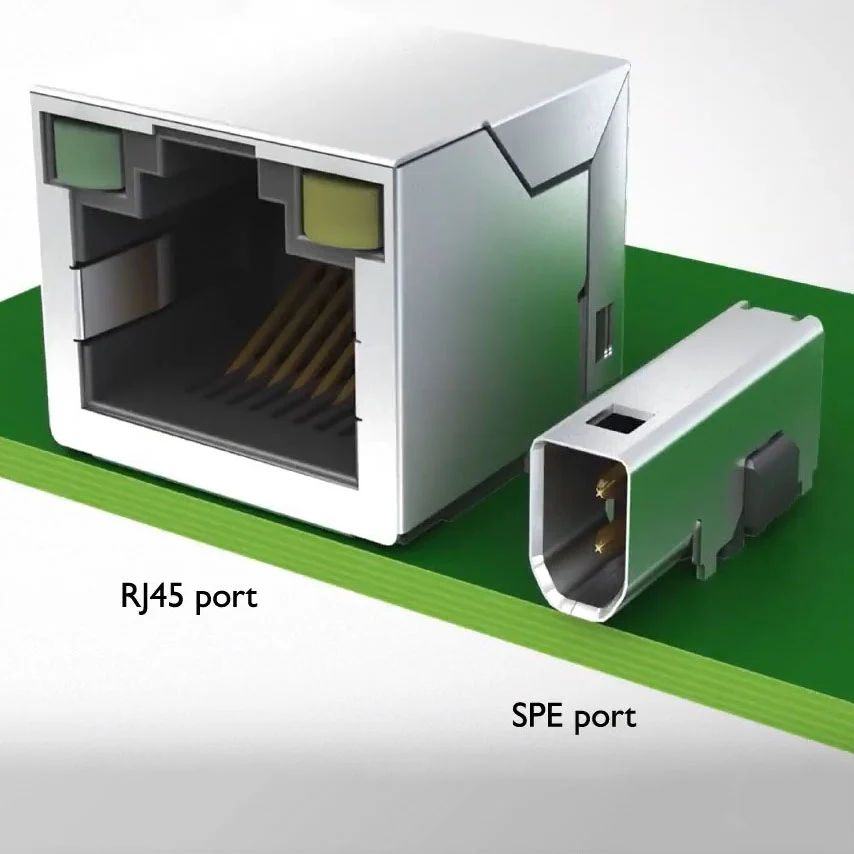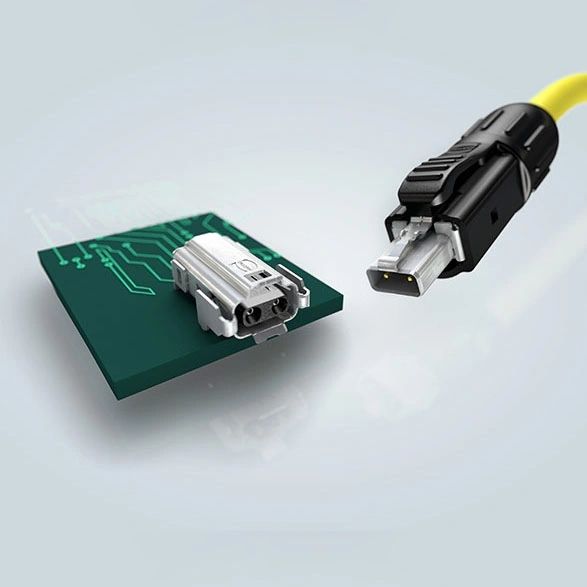SPE is touted to be one of the next big communication standards in the industrial IoT segment. It’s been around for some time now but is starting to gain some traction. SPE is made with the single goal of reducing the physical size of the usual ethernet cables and providing similar data rates as the normal ethernet connection.

Fundamentally, SPE is just a pair of copper wires wound in a twisted pair format. Normal ethernet uses anywhere from 2-4pairs of wires to communicate with an ever-common RJ45(The one you commonly find on your WiFi routers) connector at its end. SPE can do speeds of up to 1Gbps between nodes if the distance is around 15m and the distance can be increased to 1km with a speed drop of up to 10Mbps. Another beautiful aspect of SPE is that it can deliver power also upto 50W of power (max current 1.36A to keep individual cables thin enough) on the data lines. It’s called Power over Data Line(PoDL) and is not the same as POE(Power over Ethernet). The form factor for this connector is also now standardised by IEC 63171-6 which makes it easier for interoperability. SPE connectors are much smaller in size(80% smaller compared with RJ45) and can come with IP20(solid object ingress) and IP67(waterproof) protections too.



All of these make it perfect for industrial applications in terms of size and reliability. One place where I expect these to be integrated would be industrial machine vision cameras because of fast data rates and small connector sizes.
Suggested Reading: ANP085b white paper from Wruth.
0 Comments
Comments are closed.